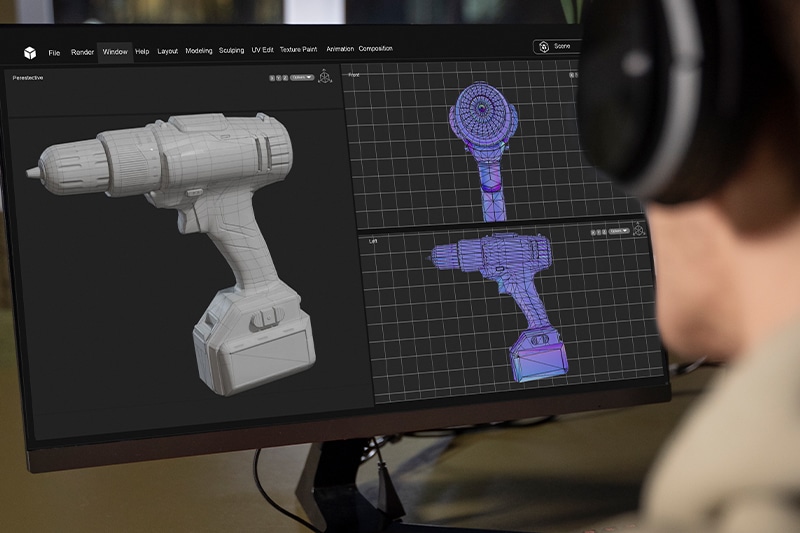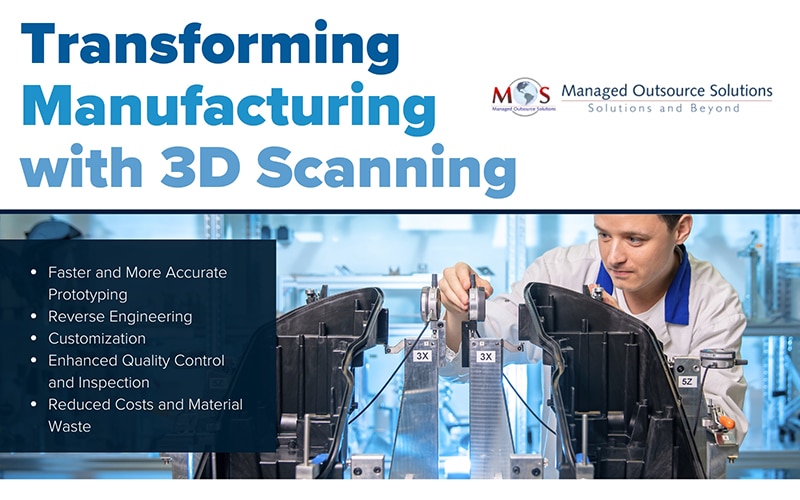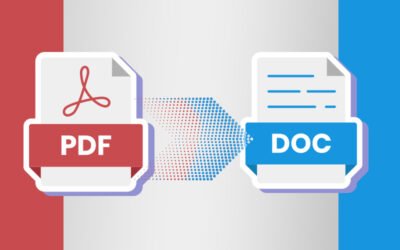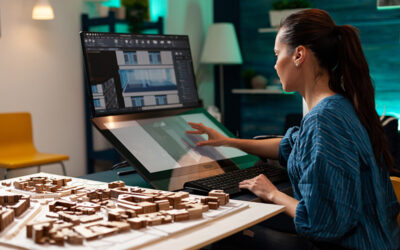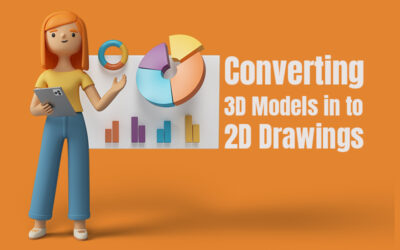How deep can 3D scanning measure details?
0.025 mm.
(For reference, the average human hair thickness is around 0.04 to 0.08 millimeters in diameter. Literally, thinner than a human hair!)
3D scanners produce measurements with unbelievable accuracy, and are reshaping the way we build things—faster, smarter, and more efficiently than ever before. Traditional manufacturing generates up to 30% waste, including excess raw materials, packaging, and byproducts—due to inefficiencies and inaccuracies.
In an industry where precision is paramount, manufacturers are turning towards 3D scanning technology to redefine their entire manufacturing process—from designing, part manufacturing and output. Regardless of what the task in hand is, quality control, prototype generation or reverse engineering; 3D scanning of parts is revolutionizing the manufacturing industry and setting new benchmarks in terms of precision and efficiency.
Let us now explore how 3D scanning is redefining the manufacturing industry.
What Is 3D Scanning?
To put it simply, 3D scanning is a process that captures the shape, size, and texture of an object in precise detail and converts it into a digital 3D model. Going deeper into the technology involved, 3D scanning utilizes lasers, structured light, or photogrammetry to capture the precise dimensions and shape of a physical object to create its high-resolution digital copy.
Gone are those days when manufacturers had to rely on manual measurements or large blueprints to get an idea. For instance, a high-end 3D scanner has the capability to capture millions of data points within a matter of seconds, ensuring precision of the highest level. This data is then converted into a CAD (Computer-Aided Design) model, making it compatible with modern manufacturing workflows.
How 3D Scanning Is Redefining the Manufacturing Industry
Transforming Manufacturing with 3D Scanning
- Quicker and More Precise Prototyping
In manufacturing, time is everything. Manufacturers just can’t afford to spend weeks or months, putting all resources on developing prototypes that might not even work. That’s where 3D scanning comes in.
- Engineers can quickly scan an existing part, tweak the design in real time, and 3D-print a prototype—all in a matter of a few hours or even minutes.
- The precision of 3D scans enables the prototype to closely match the final product, thereby reducing the time and effort put in for costly revisions.
- With this technology enabling ‘n’ number of iterations, it allows manufacturers to test and refine designs efficiently.
- With 3D scanning, prototyping is no longer a time-consuming and costly process—it’s streamlined, cost-effective, and accurate.
- Reverse Engineering: Bringing Old Parts Back to Life
Imagine a scenario where a manufacturer has to recreate a part, but they don’t have the original design files? Traditionally, they’d have to recreate the part from scratch—painstakingly measuring the object from scratch and designing it. With 3D scanning, this is no longer a hassle.
- Companies can scan an existing part and instantly generate a 3D model, even if the part was created using outdated technology, years ago.
- This is particularly useful for legacy equipment where original CAD drawings could be missing or outdated.
- 3D scanning allows for easy upgrades by incorporating modern enhancements into old designs.
- Instead of decommissioning outdated machines, manufacturers can simply use a 3D scanner to scan, modify, and recreate essential components—saving both time and money.
- Customization of the Highest Order
Customization used to be a luxury in manufacturing—now, thanks to 3D scanning, it’s fast becoming the norm. Regardless of industries—automotive, healthcare, or aerospace, manufacturers can now easily create parts to suit specific needs.
- Automotive Industry: 3D scanning is used to create custom car parts, saving time and ensuring a perfect fit.
- Healthcare Industry: Most commonly used to design personalized prosthetics, orthotics, and dental implants.
- Aerospace Industry: Nowadays, companies have started to use 3D scanning to optimize aircraft components for better performance.
- Manufacturing Industry: 3D scanning has enabled manufacturers to break out of the shell of limited customization. They can now create products that perfectly match individual specifications, improving performance and customer satisfaction.
- Better Quality Control and Inspection
Manufacturing defects (recalls, repairs, and wasted materials) can cost companies 5-30% of their total manufacturing costs. Traditional inspection methods often consume a lot of time and are prone to human error.
- 3D scanners are capable of detecting even the smallest defects, ensuring that every part meets diligent industry standards.
- With 3D scanning, engineers can now compare scanned parts with the original CAD models to find any inconsistencies in shape, size, or surface imperfections.
- Automated 3D scanning systems can perform quality control checks much faster and better than manual methods.
- By identifying errors in the early stages, manufacturers can reduce waste, improve product reliability, and ensure customer satisfaction.
- Minimized Costs and Material Waste
Traditional manufacturing often results in generating waste materials due to inaccuracies in measurement, design flaws, or production errors. 3D scanning minimizes these issues:
- 3D scanning provides accurate measurements that eliminate any form of guesswork.
- By enabling manufacturers to test digital models before production, you can reduce material waste.
- The technology can streamline production processes, leading to reduced errors and less rework.
- When every millimeter counts, 3D scanning helps companies save money while promoting sustainable manufacturing practices.
The Future of 3D Scanning in Manufacturing
As technology continues to advance, 3D scanning is only going to become more powerful and prove advantageous for the manufacturing industry. With significant advancements in AI, automation, and high-speed scanning, manufacturers will soon be able to analyze and optimize their production processes in real time.
Imagine a future where 3D scanning is integrated with smart factories, allowing machines to self-adjust and correct errors automatically. That’s where we are heading!
Ready to Embrace the Future of Manufacturing?
If you’re in the manufacturing industry and looking to stay ahead of the competition, integrating 3D scanning into your workflow is vital. It’s fast, accurate, cost-effective, and ensures top-tier quality for generating innovative digital models, 2D to 3D CAD conversion etc.
Partner with MOS for Digital Outsourcing Solutions!
At Managed Outsource Solutions, we specialize in cutting-edge digital outsourcing solutions, helping businesses streamline their manufacturing processes with the latest technology. Whether you need help with 3D scanning, CAD modeling, or digital transformation, we’ve got you covered.
- Reduce Costs – Eliminate inefficiencies and minimize waste.
- Improve Accuracy – Get precise digital models for your projects.
- Speed Up Production – Stay ahead of the competition with faster workflows.

